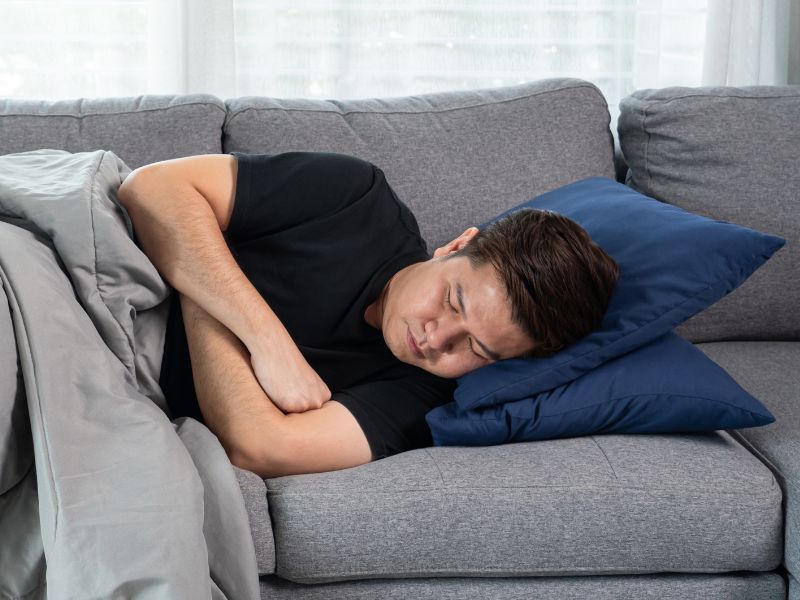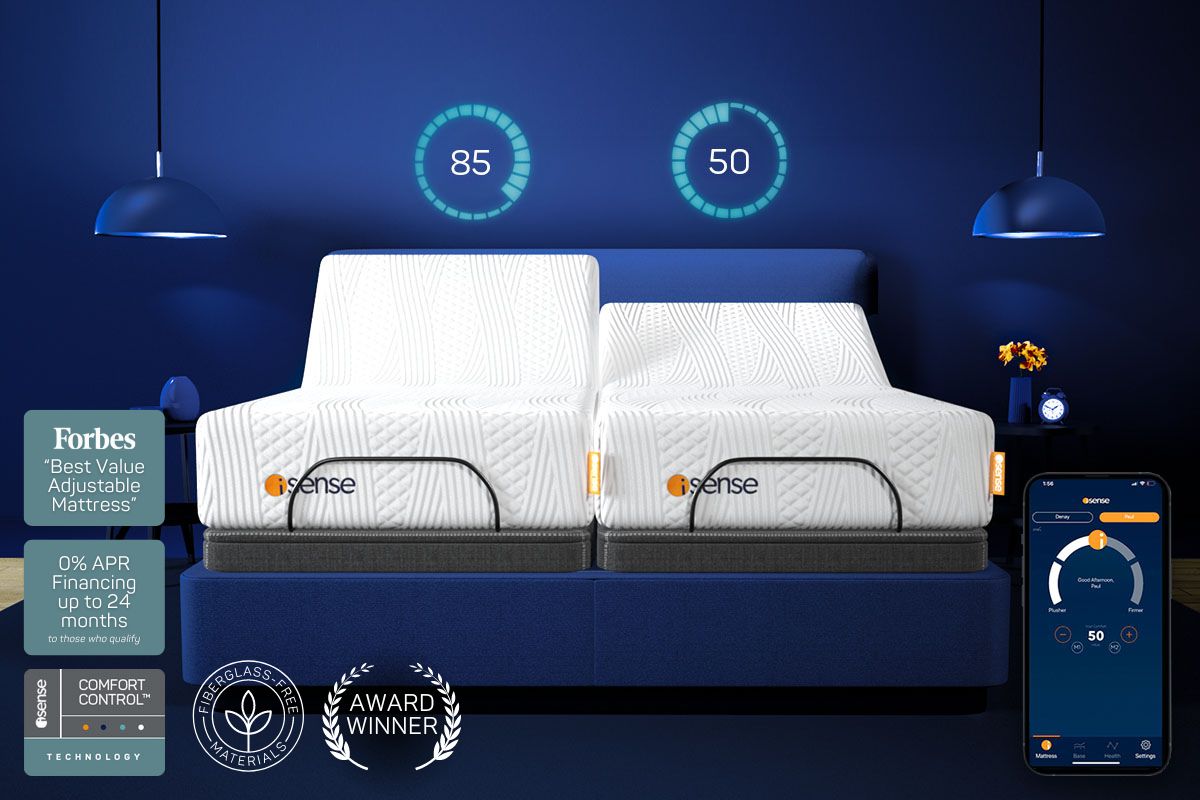The Difference Between Nightmares and Night Terrors: Understanding Sleep Disturbances
Nightmares and night terrors are two distinct experiences that occur during sleep. Despite a common misconception, they are not the same.
Nightmares are vivid, disturbing dreams that typically occur during rapid eye movement (REM) sleep. This is when the most vivid dreaming takes place. Nightmares can often be remembered upon waking and may cause feelings of fear, anxiety, or sadness. Individuals can usually recall the content of a nightmare and it often occurs during the second half of the night.
In contrast, night terrors, also known as sleep terrors, represent a type of sleep disturbance that happens during non-REM sleep. These episodes can involve intense fear, screaming, and even frantic physical activity like thrashing or running around, which is often alarming to people who see them happening. The person experiencing a night terror remains in a deep state of sleep throughout the episode and typically has no memory of the event upon waking. Night terrors are more common in children but can also affect adults, particularly in times of stress or sleep deprivation.
Understanding Night Terrors and Nightmares
This section gets into the specifics of night terrors and nightmares, highlighting their distinct features, demographic prevalence, and key symptoms.
Definitions and Differences
Night Terrors: Also known as sleep terrors, these are episodes causing intense fear and flailing while still mostly asleep. They often involve screaming, kicking, thrashing, or sleepwalking and occur during non-REM sleep stages, particularly in slow-wave sleep.
Nightmares: These are vividly realistic, disturbing dreams that rattle you awake from REM sleep. They can lead to feelings of fear, anxiety, or terror upon waking. Unlike night terrors, nightmares are often remembered in detail.
Key Differences: Night terrors differ from nightmares in several aspects:
- Timing within Sleep Cycle:
- Night Terrors: Usually during the first half of the night.
- Nightmares: Commonly occur in the later part of the night.
- Recollection of Dreams:
- Night Terrors: Rarely remembered.
- Nightmares: Often recalled in detail.
- Physical Activity:
- Night Terrors: Involves significant movement such as thrashing or kicking.
- Nightmares: Little to no physical activity beyond normal muscle twitches.
Prevalence in Demographics
Night terrors are primarily observed in children, with a notable reduction in occurrence as they develop into adolescence. They are less common in adults, though still present, and can be linked to family history or stress. Although most children outgrow night terrors, they can be concerning for parents.
Nightmares are more universally experienced across all age groups, with peak prevalence observed in children as well. The occurrence of severe, frequent nightmares can lead to nightmare disorder, a condition requiring medical attention.
Symptoms and Manifestations
Symptoms of both conditions can be troubling.
For night terrors, they include:
- Intense Fear
- Screaming
- Significant thrashing or kicking
- Sleepwalking or jerking
- Although appearing to be awake, individuals are difficult to comfort during an episode
Nightmare symptoms, while less physically robust, can include:
- Frightening dream content
- Waking up feeling anxious or scared
- The ability to remember and recount bad dreams
- Possible crying or distress upon awakening
In both cases, episodes can cause significant sleep disruption and distress for the individuals and their families and may lead to anxiety around sleep. While night terrors usually do not necessitate medical attention, consistent nightmares, especially if they escalate to nightmare disorder, may benefit from professional guidance.
Causes and Treatments
This section explores the specific underlying factors that can trigger nightmares and night terrors, as well as the various treatment approaches and management strategies recommended by health professionals.
Underlying Causes
Nightmares and night terrors may stem from several factors.
Stress, anxiety, and trauma are notable psychological triggers, but nightmares and night terrors can also be symptomatic of underlying sleep disorders such as sleep apnea, restless legs syndrome, or narcolepsy.
Sleep deprivation and sleep disruption are further contributors. Physical conditions like fever can cause night terrors, especially in children. Other factors include the use of alcohol, certain medications, or having a family history of sleep disturbances.
Treatment and Management
When addressing the treatment of nightmares and night terrors, a healthcare provider may assess the potential of sleep hygiene improvements, such as establishing a relaxing bedtime routine. In certain cases, medication might be prescribed, but often non-pharmacological methods like image rehearsal therapy are encouraged. To prevent night terrors, a technique known as scheduled awakenings may be implemented.
For persistent or severe cases, a referral to a sleep specialist could be necessary to explore further treatment options. Comfort measures, such as cuddling or reassuring the affected individual, might be recommended, particularly for children.
Overall, the approach to treatment is multi-faceted, often involving efforts to reduce stress and anxiety, improve mental health, and ensure a consistent sleep schedule. If you believe your night terrors or those of a loved one are linked to trauma or PTSD, a doctor or mental health professional can provide specialized treatment options.






















